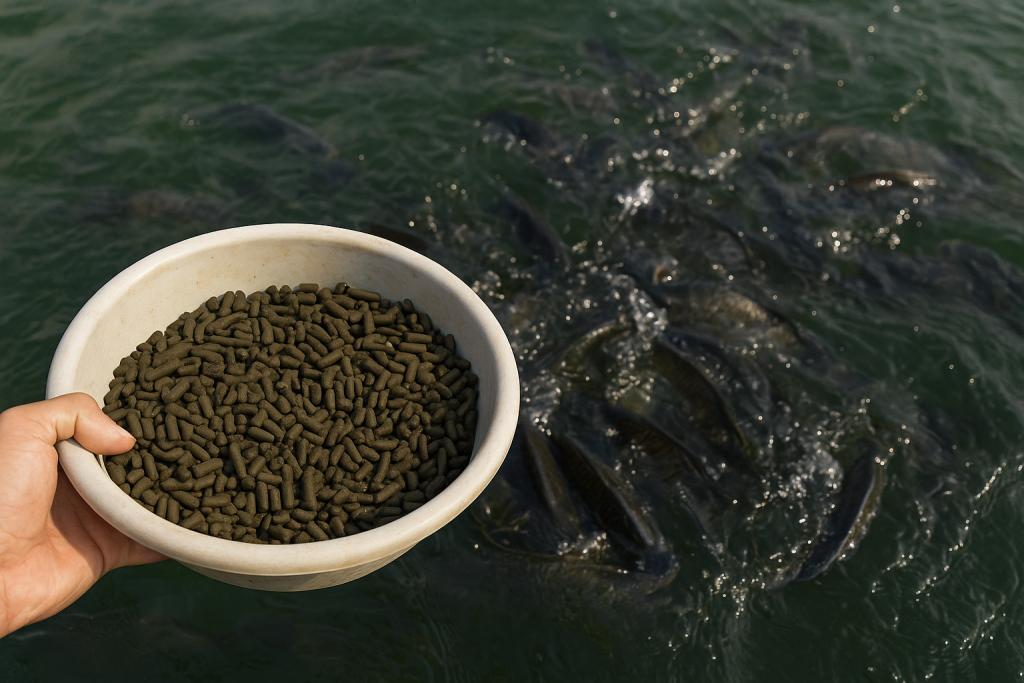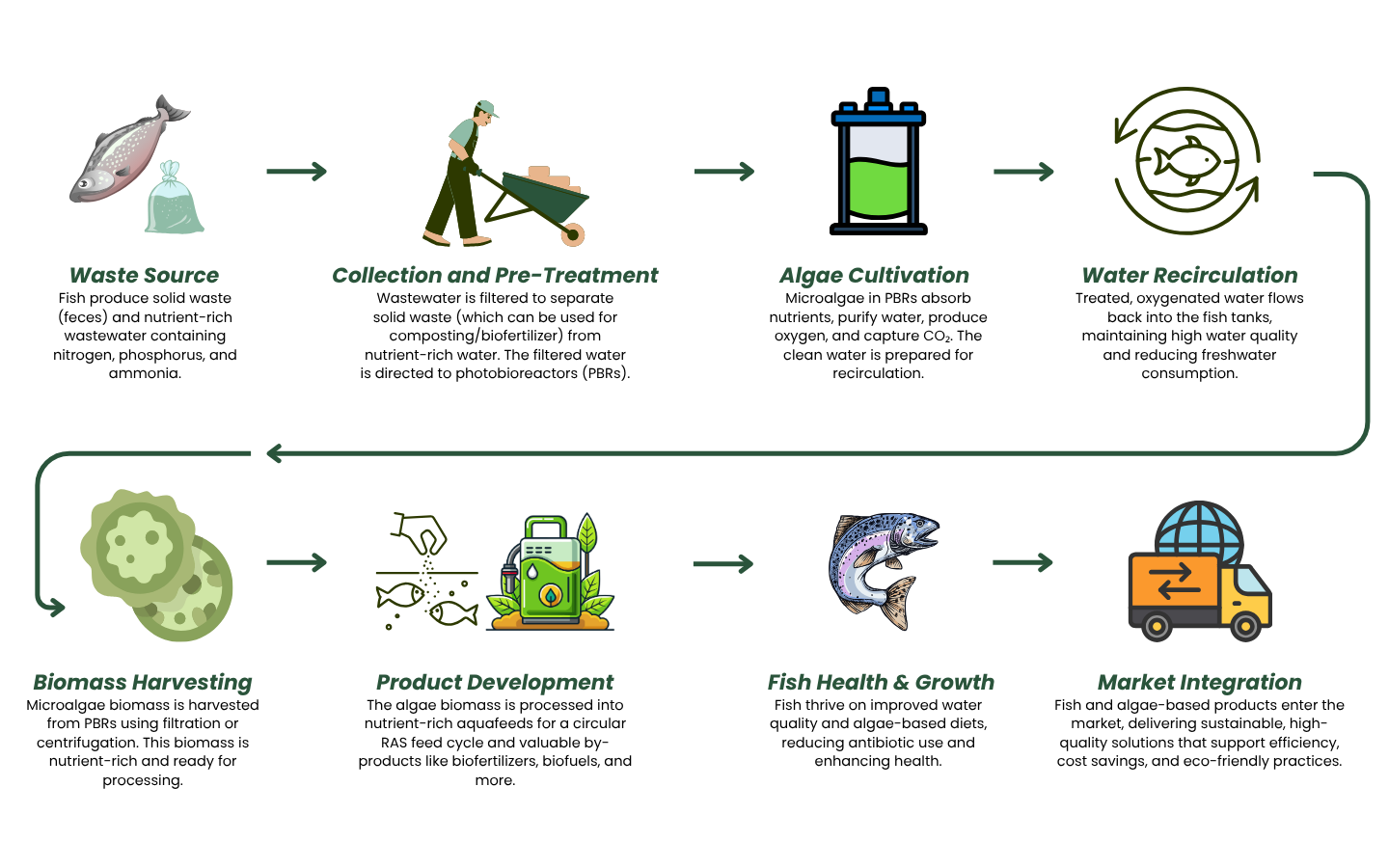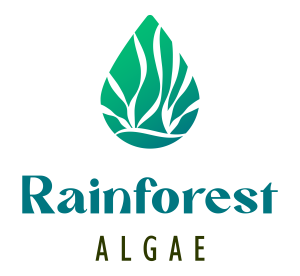Rethink Aquaculture. With Algae.
We are actively cultivating algae. Most of what we produce is food-grade Spirulina, a powerful microalgae known for its role in improving both water quality and fish health.
We understand the pressure you are facing.
Water conditions can shift quickly. Carbon dioxide builds up. Oxygen levels drop. Ammonia rises without warning.
You are constantly managing solids, adjusting pH, checking filters, and tracking feed performance. All while trying to control costs and meet environmental rules.
You want healthy fish and a stable system. But the conditions make it harder every day.
We have spoken with operators facing the same struggles. These are the real challenges in aquaculture today.
Rainforest Algae gets it.
Our algae systems are designed to support daily operations and long-term performance. They improve water quality, stabilize conditions, and support fish health at every stage.
Reduce energy use with efficient water treatment
Improve oxygen levels and support healthy respiration
Absorb carbon dioxide and maintain pH balance
Remove solids and reduce buildup
Produce spirulina that supports feed efficiency and fish growth
Our technology fits into existing systems and scales with your farm.
Let’s Talk About Your Aquaculture Goals.
We’ll help you understand where algae technology can fit, what models are available, and how to take the next step.
Our Photobioreactor (PBR) system is built for modern aquaculture needs, including fish and shellfish operations.
Support the Conditions You Manage Daily
Algae cultivation brings continuous benefits that reduce variability in your operation.
- Smooth out fluctuations during peak feeding or biomass loading
- Add oxygen where and when the system needs it most
- Ease the load on filtration by reducing particulates
- Maintain more consistent water chemistry across production cycles
- Support long term system stability without extra inputs
Let the Conditions Work for the Fish
When water quality is held steady, your fish respond with stronger growth and fewer losses.
- Better consistency across grading and harvest
- Stronger disease resistance from lower stress and spirulina support
- Improved feed conversion and growth with reduced ammonia exposure
- Reduced losses due to more stable pH and less stress from CO₂ buildup
- Healthier stock from cleaner water with lower reliance on antibiotics
Also Scales for Shellfish Hatcheries and Farms
- Built to support hatcheries, nurseries, and shellfish farms that require consistent microalgae or diatoms, produced fresh, on-site.
- Automated controls, remote monitoring, and minimal maintenance
- Sealed bioreactors minimize culture crashes and maintain clean output
- Electrical use under 100kWh/day; solar offsets 10–15kWh
- Produces consistent on-site algae for bivalves (e.g., oysters, clams, mussels).
- Cost-efficient: as low as $0.10/kg wet biomass
- Easily scaled to match specific algae volume targets
- Also used in research and small-batch production settings
System Impact at a Glance
The outcomes you see in fish health and performance are not just side effects. They are the result of specific, measurable improvements at the system level. Powered by algae, our platform improves water quality, oxygenation, and waste processing at scale.
Annual output from a standard 225 cubic meter system:
of carbon dioxide removed per year
of oxygen released annually
of algae biomass produced per year
of clean, recirculated water
These figures reflect projected performance based on internal modeling and standard operating conditions. Actual results may vary depending on site-specific factors such as biomass composition, system settings, and environmental inputs.
Proven Benefits of Spirulina in Aquafeed
- Spirulina boosts growth in many finfish species, even at low inclusion rates (as low as 0.025%).
- At 5–10% replacement of fishmeal, Spirulina improved lysozyme levels, white blood cell count, and survival after bacterial challenge.
- Feed Conversion Ratio (FCR) goes down, while Protein Efficiency Ratio (PER) goes up, leading to better feed efficiency overall.
- No cellulose wall = easy digestion. Spirulina is also rich in antioxidants, essential amino acids, and natural pigments like phycocyanin.
- But Dosage Matters: In some species, too much Spirulina (like 20% of feed) caused slower growth or liver fat buildup.
- Results Vary by Species:Spirulina works well in many fish, but some might respond differently. That’s why we recommend testing it in your own system before scaling up.

Circular Aquaculture with Rainforest Algae
Fish produce nutrient-rich wastewater. Instead of letting that go to waste, our system captures it, filters it, grows algae, and returns clean water and oxygen back into the farm. The harvested algae become a high-value feed ingredient that supports fish health and reduces the need for external inputs. It is a complete loop from waste to product.

DOWNLOAD OUR BROCHURE
Want the full picture?
Get the system specs, algae benefits, model sizes, and circular economy breakdown — all in one file.
Let’s Get Your System Running Smarter
Let's Set Up Your System
We’re ready when you are. Get a walkthrough, plan, and install timeline.
Run the Numbers on Your Operation
We’ll show you the outputs, fit, and Return-on-Investment, specific to your facility.

